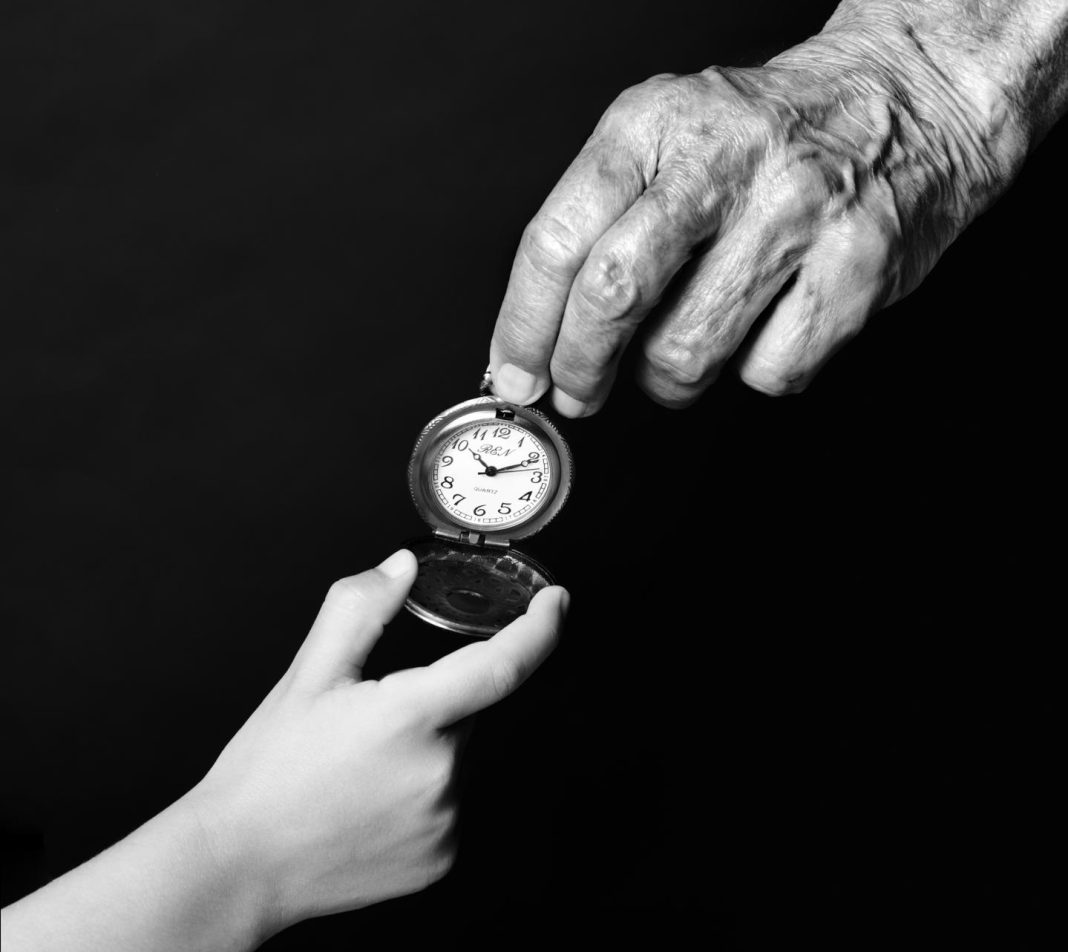Aging is the predominant risk factor for most diseases and conditions that limit healthspan. Biological age isn’t as simple as counting the number of birthday candles you’ve blown out like your chronological age. Rather, it is a measurement of your age based on different biomarkers. Our cells can progress more or less rapidly than our chronological age. Now, researchers at the University of Cologne have developed an “aging clock” that reads the biological age of an organism directly from its gene expression, the transcriptome.
Using the model organism Caenorhabditis elegans, researchers developed their clock and reported their methods in the article, “BiT age: A transcriptome based aging clock near the theoretical limit of accuracy,” published in the journal Aging Cell.
“Aging clocks dissociate biological from chronological age,” the researchers wrote. “The estimation of biological age is important for identifying gerontogenes and assessing environmental, nutritional, or therapeutic impacts on the aging process. Recently, methylation markers were shown to allow estimation of biological age based on age‐dependent somatic epigenetic alterations. However, DNA methylation is absent in some species such as C. elegans and it remains unclear whether and how the epigenetic clocks affect gene expression.”
Typically aging clocks have been based on the pattern of methylations. The new clock, however, takes into consideration the set of genes that are read from DNA to make proteins for the cell.
“Aging clocks based on transcriptomes have suffered from considerable variation in the data and relatively low accuracy. Here, we devised an approach that uses temporal scaling and binarization of C. elegans transcriptomes to define a gene set that predicts biological age with an accuracy that is close to the theoretical limit. Our model accurately predicts the longevity effects of diverse strains, treatments, and conditions.”
The researchers were able to show that the model accurately predicts the effects of several lifespan‐affecting factors such as insulin‐like signaling, a dysregulated miRNA regulation, the effect of an epigenetic mark, translational efficiency, dietary restriction, heat stress, pathogen exposure, and the diet‐ and dosage‐dependent effects of drugs.
Their binarized transcriptomic aging (BiT age) clock model has the potential to improve the prediction of the transcriptomic age. BiT age is based exclusively on approximately 1,000 different transcriptomes of C. elegans.
Measuring biological age is important to not only determine the influence life factors, but it can also help improve the aging process and may help prevent age-related diseases. Their clock can provide new insights into how the environment, nutrition, and therapies influence the aging process.
“We show that this binarized transcriptomic aging (BiT age) clock can also be applied to human age prediction with high accuracy. The BiT age clock could therefore find wide application in genetic, nutritional, environmental, and therapeutic interventions in the aging process,” concluded the researchers.







